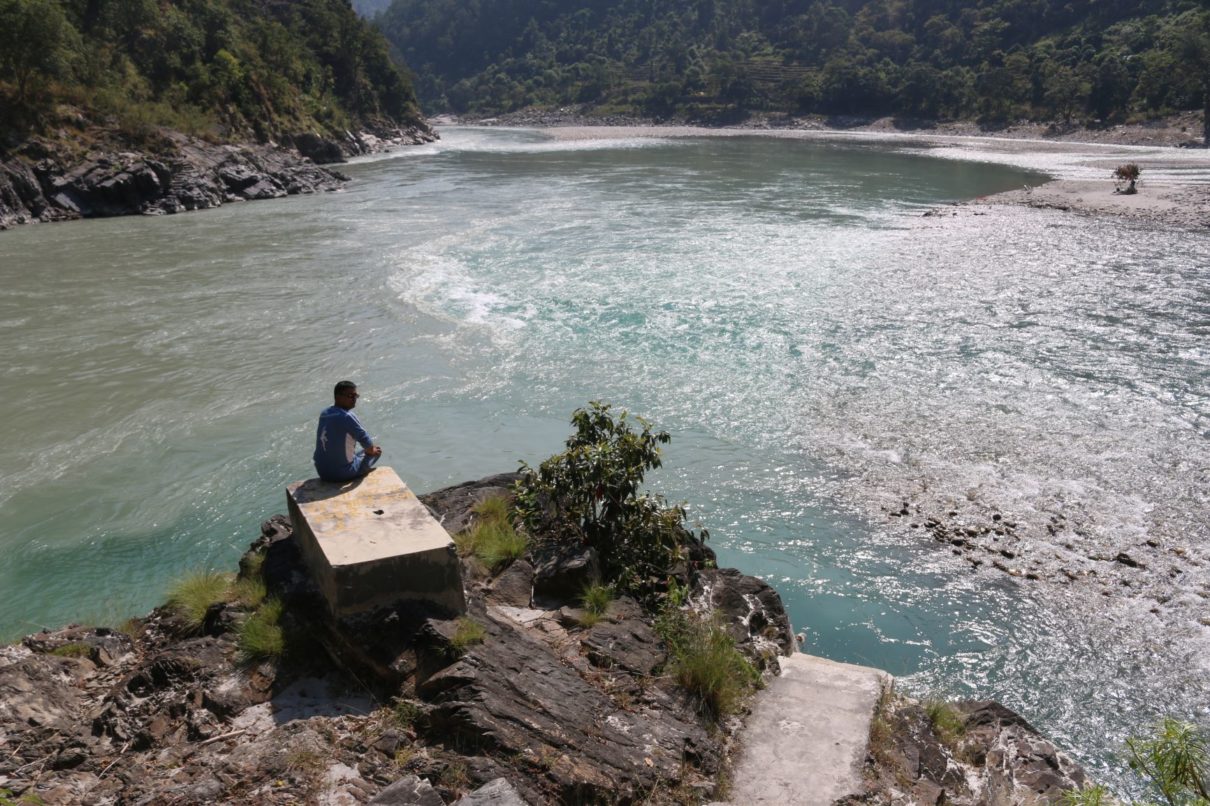Province-1 saw Sherdhan Rai, Bhim Acharya and incumbent Rajendra Kumar Rai as its chief minister in the last four and half years. With the new chief minister came new sets of ministers.
“We saw chief minister changes in Province-1 and nothing in terms of physical infrastructure and policies,” says political analyst Prof Badribishal Pokharel. Among the few achievements of the provincial government are naming Biratnagar as the provincial capital and setting up offices and the basic foundation for running the government. Madhes government too has little to show for when it comes to development of the province. It has raised nearly Rs 78bn in five years but the eight districts in the province do not have one single project that has been completed. Finance Minister Shailendra Sah, also the spokesperson for Madhes government, had no answers when asked about the exemplary projects completed by the government. The government of Bagmati province claims to have built a road network and dozens of bridges to connect all 119 municipalities. Besides, it has also included passing of 65 legislations, naming of the province and designating the capital as its achievements. Bagmati has seen three chief ministers—Dormani Poudel, Astalaxmi Shakya and Rajendra Pandey—and 37 ministers so far. Frequent changes of chief minister and ministers affected the development projects. Gandaki has fared well in terms of introducing policies related to health and rural road connectivity. However, the province was not immune to political instability. Its first chief minister Prithvi Subba Gurung stepped down barely four years into the office and was replaced by Krishna Chandra Pokharel. The provincial government has undergone eight cabinet reshuffles so far. This led to communication breakdown between provincial and local governments. The government of Lumbini too has delivered little over the years. Its first chief minister Shankar Pokharel spent nearly three and half years in office before Kul Prasad KC replaced him. “An unstable government left the development work and budget spending of Lumbini in a state of disarray,” says Bhoj Prasad Shrestha, a former minister. “People are asking if we really need federalism.” Karnali province, meanwhile, has failed woefully to utilize its budget. Its government is struggling to spend the budget, and most of the allocations have been made towards covering administrative and non-development expenses. “Since we were entering a new model of governance, we had difficulty working at the beginning,” says Finance Minister Bindaman Bista. “We are still trying to improve our budget spending.” Karnali has had two chief ministers— Mahendra Bahadur Shahi of the CPN (Maoist Center) and Jivan Bahadur Shahi of the Nepali Congress—so far. The provincial assembly has 40 members and nearly half of them have so far become ministers. In Sudurpaschim province, Chief Minister Trilochan Bhatta has had a rare opportunity to lead the government for a full term. Still, the people in the province never got a sense of stability. Frequent building and breaking of coalition at the center led to Cabinet reshuffle. The government announced many ambitious projects, but half of them were never initiated. The Maoist Center is the largest party in Karnali with 14 seats in the provincial assembly. Of the 14 assembly members, 11 have become ministers.











